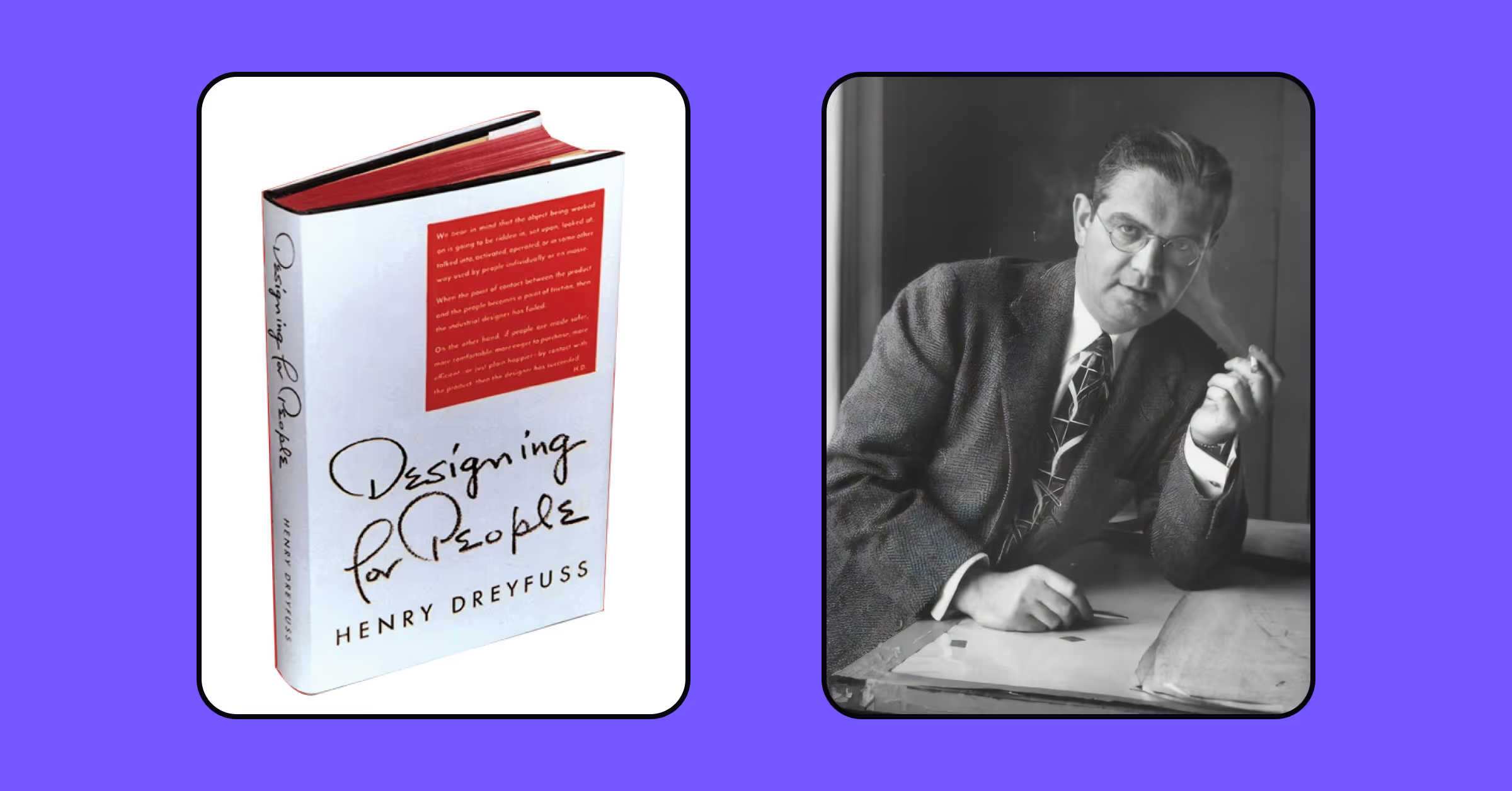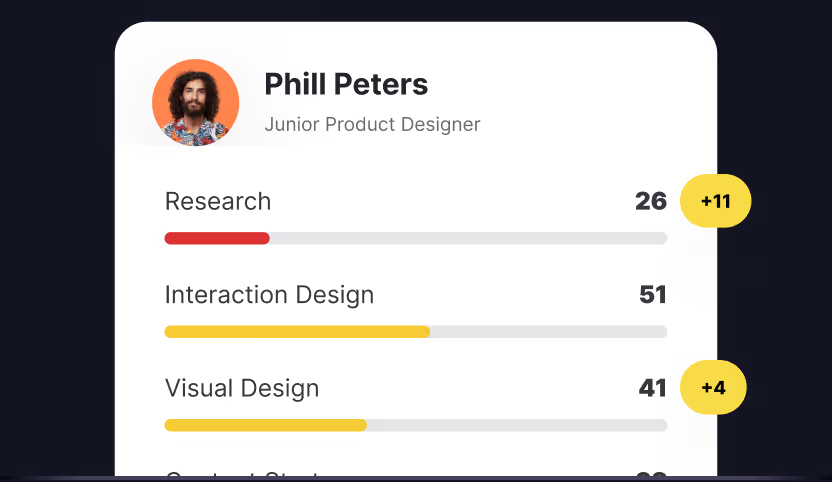
In recent years, "UX" has become the buzzword that everyone knows and uses — albeit sometimes too casually and without knowing what the acronym stands for. So, what's UX, and why is it so important?
According to the definition given by the Nielsen Norman Group, user experience goes far beyond just usability or beautiful visual presentation of a product. It's a combination of multiple disciplines with one goal — provide a seamless user-computer experience.
Without a clear understanding of the past, you can't create designs that will stand the test of time. Buckle up and prepare to explore the long journey that User Experience took to reach its current peak. As we travel through time, we'll stop at the following points:
1. 4000 BC: Feng Shui and UX

Feng shui is an ancient Chinese practice that dates back to 4000 BC. It relies on the belief that we can use energy forces ("chi") to harmonize the relationship between individuals and their surrounding environment. Although widely popular, it's not considered a real science. What possible connection can it have to UX?
One of the feng shui principles states that clutter in a house adds barriers to energy fluctuation and burdens our lives. Don't we use the same principle in UX design — "less is more"? We use white space to guide users' eyes towards important things, increase readability, and make content easy to scan and discover. Eventually, the end goal is the same — to create a flawless, delightful, and intuitive experience of user-object interaction.
2. 500 BC: Ancient Greece and Ergonomics

Ancient Greeks can also be considered the early adopters of the UX approach. Documentary evidence shows that Greeks used ergonomic principles to design their tools and organize their workplaces. Ergonomics is a scientific discipline that studies people and their working conditions to create comfortable, safe, and efficient interactions between people and their artificial surroundings.
For example, in his Design of the Hospital, Hippocrates describes how to set up the most comfortable working conditions for medical staff.
Another example of ergonomic thinking is the design of bench seats in ancient Greek theatres. It increased blood circulation in viewers' legs and prevented the numbness that might have otherwise occurred during long hours of theater performances.
3. Early 1900s: Frederick W. Taylor and scientific management

At the dawn of the 20th century, an American mechanical engineer Frederick W. Taylor published his book "The Principles of Scientific Management." The book is based on a series of research about the interactions between workers and their tools. Taylor proposed that optimizing and simplifying working conditions can increase people's productivity.
According to Taylorism, breaking down each job into subtasks and standardizing tools and techniques increases efficiency, guarantees consistency, and reduces workplace injuries.
Although there's a lot of criticism about this scientific management approach, Taylor was the first who proposed the idea of researching how to improve the work process. Ultimately, Taylor's focus on harmonizing human-machine interactions is consistent with some of the core UX principles.
4. 1940s: Toyota Production System

The next stop on the timeline is the 1940s and Toyota's revolutionary human-centered approach to workspace efficiency. In contrast to Taylorism, the Toyota Production System relied on respect for people and encouraged assembly workers to share their thoughts and ideas on optimizing things.
Ohno Taiichi is considered to be the father of the Toyota Production System that became the hallmark of kanban and lean methodologies. The key ideas included:
- Putting customers at the center of the process
- Focusing on producing features that primarily benefit customers and solve their actual problems
Establishing work process principles like frequent iterations, continuous improvement, and feedback became a fundamental step in UX history, bringing attention to people's role in product development.
5. 1950s: Henry Dreyfuss and the art of designing for people

Henry Dreyfuss, an American industrial designer, is another bright point on the UX history timeline. In 1955, he published his book Designing for People, where he defined the concept of the point of friction between a user and a product. Dreyfuss also established the core principles of making user experience efficient and delightful. These principles are:
• Make people feel safe. Designers should keep users' information private and safe when creating digital products. Things like testimonials or visual signs of secure checkout can also help in building users' trust.
• Make people feel comfortable. People shouldn't experience any difficulties accessing and receiving information, getting customer support, resetting their actions, or recovering from errors.
• Help people use their time efficiently. Reduce time-consuming tasks, find ways to minimize users' actions, and indicate loading progress during waiting time.
• Make people happy. This doesn't mean all products should make users laugh. However, even a short interaction should make them feel good and fulfilled.
6. 1960s: Walt Disney — the first UX designer?

Have you realized that the magical world of Disney theme parks follows UX principles? And no wonder! With Walt Disney's meticulous attention to detail, focus on customer needs, and desire to improve his products, Mickey Mouse's father may have been the first UX designer. The principles Disney created for his design team — "Imagineers"— are still relevant to all UX designers. Here are some of them:
• Know your audience and develop a great sense of empathy towards them
• Tell people good stories instead of lecturing them
• Use "visual magnets" to capture people's attention and reward them for making a journey
• Avoid overloading people with too much information
7. 1970s: Xerox, Apple, and the PC era

In the 1970s, the era of personal computers began. Before that, IBM machines had text-only UI and were too difficult to use to become popular.
In 1974, Xerox's Alto became the first device with a complete graphical user interface, including windows, icons, and the cursor. The computer allowed users to:
- Share files
- Print out documents
- Type and edit texts
- Do simple sketches
- Edit graphics
- Send emails
A decade later, in 1981, it was released to the mass market, but sales weren't high.
In 1979, Steve Jobs arranged a visit to Xerox Palo Alto Research Center (PARC) and traded $1 million in stock options to Xerox in exchange for a detailed demonstration of their technologies.
In 1983, Apple introduced Lisa — the first commercial personal computer, which, however, didn't make a breakthrough due to a high price.
A year later, Apple's Macintosh computer was released, and it had insanely successful sales. It was the first relatively cheap computer with a user-friendly and intuitive interface.
8. 1990s: Don Norman and the term "UX"

The release of Don Norman's Design of Everyday Things in 1988 marked the debut for the term "user experience." It was a significant step from the previous user-centered system design to a more focused user-comes-first approach.
It wasn't long before Don Norman, a cognitive scientist and usability engineer, joined the Apple Research Labs in the mid-1990s and became the first "user experience architect." He was the first to introduce the term to cover all aspects of the person's experience while interacting with the service or product. Since then, the acronym "UX" was widely adopted by the design community and crawled into various job titles.
Learn about UX industry and explore the basic concepts and roles within the UX field with Uxcel's UX Design foundations course.
9. Early 2000s: the first iPhone

In 2007, Steve Jobs introduced the first iPhone, which forever changed the digital world. By today's standards, the first iPhone looked primitive — but cut it some slack! Back then, it was a revolution.
In contrast to its competitors with obsolete keyboards and small screens, the iPhone was a perfect combination of a web browser, a music player, and a cell phone. The capacitive touchscreen allowed people to do all the things we can't imagine our modern life without:
- Access various applications
- Get directions from a built-in GPS navigator
- Take pictures with a camera
- Send messages
- Get weather updates
The first iPhone wasn't flawless, of course — it still had a long way to go. In the first model, you couldn't change the background, record videos, or send images — it also required a computer to set up the system. However, the iPhone and its novel superior user experience set a new benchmark for user-computer interaction.
10. Today is history in the making

Since the time Don Norman introduced the term "UX," the field hasn't stopped evolving. Relevant vacancies flooded the job market, and plenty of specialized skills get in demand. You don't need a crystal ball to predict that the growth of digital technologies will shape the field, requiring new skills from professionals.
• Augmented, Virtual, and Mixed Reality. Gaming, entertainment, e-commerce, real estate — those domains already use augmented, virtual, and mixed reality. Think of Apple animated emoji for the iPhone X or interior design applications that allow you to design your apartment or office in virtual reality. Designers will have fresh opportunities to build physical interactions outside of the confines of a smartphone or tablet screen.
• Artificial Intelligence (AI). With the development of AI technology, the fantasy of robots replacing humans doesn't seem so ridiculous. For example, AI digital assistants like Siri and Alexa rely on speaking — a more intuitive and straightforward interaction for people — and it'll be up to UX designers to make this interaction smooth and eliminate any roadblocks.
With the upraise of new types of user interfaces, UX designers should be ready to not only learn new UX skills to guarantee a smooth, functional, and delightful experience. They should be prepared to help all users adapt to this new reality.




